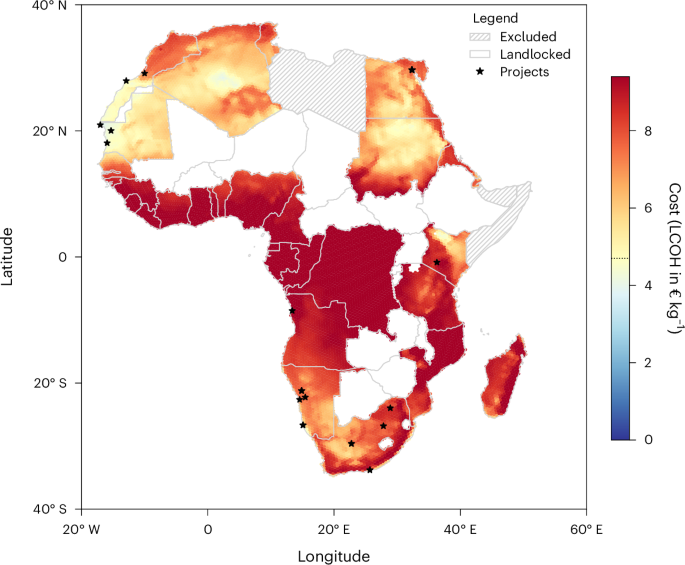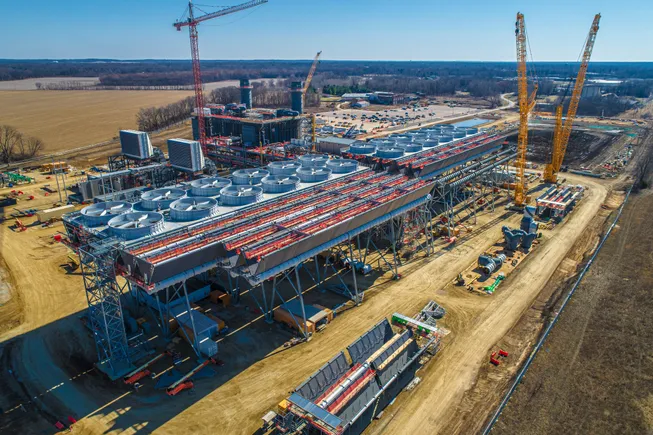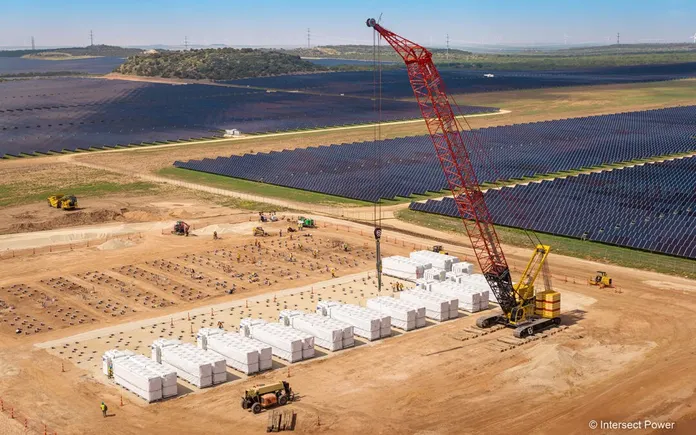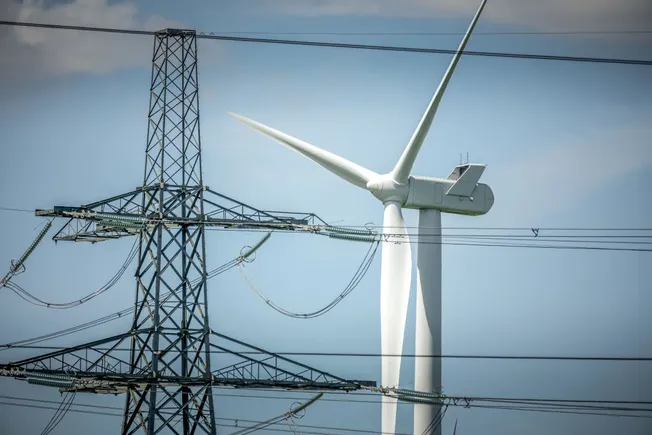The Supreme Court and the Alien Enemies Act: The Limits of the Passive Virtues in Trump 2.0.
The current challenge to deportations under the Alien Enemies Act of 1798 (AEA) operates on two levels: it presents an important test of due process guarantees in the United States and a barometer for assessing the Supreme Court’s approach to the Trump administration’s sweeping claims of executive power.In its plan to carry out mass deportations, the Trump administration has seized on this rarely used Founding era statute to deport hundreds of individuals to the notorious Center for Terrorism Confinement in El Salvador. The administration says it is sending Venezuelan members of the Tren de Aragua gang, but it has deliberately avoided any judicial scrutiny of its claims and innocent people have been caught up in the dragnet.On April 7, the Supreme Court ruled that legal challenges had to be brought through habeas corpus proceedings in the district where the individuals were confined rather than in Washington, D.C. under the Administrative Procedures Act. (I wrote more about this decision here). While this procedural ruling handed a temporary victory to the Trump administration, the Court was unanimous in ruling that individuals subject to removal under the AEA were entitled to notice and an opportunity to challenge their deportations. But the Trump administration effectively ignored the Court, instead shuttling people between detention centers before trying to remove them in the dead-of-night without anything approaching due process (giving them, for example, at most 24 hours to challenge their removal without telling them where or how, and doing so only in English, a language many do not understand).This attempted end-run around the Supreme Court mirrors the administration’s actions in the case of Kilmar Abrego Garcia, the Maryland man who was illegally—and mistakenly—deported to El Salvador (albeit not under the AEA). On April 10, the Supreme Court, in an unanimous ruling, directed the Trump administration to facilitate Abrego Garcia’s return to the United States. Once again, the Court moved cautiously, noting the district court should proceed with “due regard for the deference owed to the Executive Branch in the conduct of foreign affairs” in implementing the Court’s ruling. But the administration then spurned this olive branch, stonewalling the district judge when she tried to get any information about Abrego Garcia and insisting it had no responsibility to do anything to right the wrong and bring him back to the United States. When the administration moved for an emergency stay of the district court’s ruling that “facilitate” meant actually doing something, it prompted a blistering opinion from Fourth Circuit Judge J. Harvie Wilkinson III, who, in the panel's opinion denying the motion, called the administration’s position “shocking” to any sense of liberty and urged it to remember that the rule of law is “vital to the American ethos.”These cases underscore the limits of Alexander Bickel’s “passive virtues” in judicial decisonmaking. For Bickel, courts could achieve better and more lasting results by taking small steps and ruling narrowly, rather than issuing sweeping constitutional pronouncements. But an incremental approach designed to foster interbranch dialogue only works when the branches are open to communication. It’s a dubious strategy for a president who, like Trump, treats such overtures as weakness and an invitation to assert power more aggressively.The Court is undoubtedly aware of its own limitations in a direct clash with the President. Alexander Hamilton famously called the judiciary the “least dangerous branch”; lacking the power of the sword or purse, it cannot enforce its opinions independently. The Court’s power thus depends in good part on its ability to persuade and the respect it has among the other branches of government and the American people.This power is nonetheless considerable. Even Trump, willing as he may be to thumb his nose at lower court judges, senses that there will be a steep political cost in openly flouting the Supreme Court. And the Court, for its part, recognizes that it can only avoid a direct conflict for so long without undermining its own legitimacy. So, when late last Friday the Court received an emergency application describing the administration’s attempt to deport dozens of individuals without due process—in clear disregard of the Court’s April 7 ruling—the—it halted further removals under the AEA without waiting for the appeals court to rule on the application, an indication of the urgency with which the Court viewed the matter.The Court now has an opportunity not just to lay down clear parameters for any further deportations under the AEA, but also to communicate three important messages to the American people about the Constitution.First, the Court can reinforce why due process matters. It can, give weight and credence to the idea that notice of allegations and a chance to rebut them is essential to preventing mistakes. One reason that Abrego Garcia’
The current challenge to deportations under the Alien Enemies Act of 1798 (AEA) operates on two levels: it presents an important test of due process guarantees in the United States and a barometer for assessing the Supreme Court’s approach to the Trump administration’s sweeping claims of executive power.
In its plan to carry out mass deportations, the Trump administration has seized on this rarely used Founding era statute to deport hundreds of individuals to the notorious Center for Terrorism Confinement in El Salvador. The administration says it is sending Venezuelan members of the Tren de Aragua gang, but it has deliberately avoided any judicial scrutiny of its claims and innocent people have been caught up in the dragnet.
On April 7, the Supreme Court ruled that legal challenges had to be brought through habeas corpus proceedings in the district where the individuals were confined rather than in Washington, D.C. under the Administrative Procedures Act. (I wrote more about this decision here). While this procedural ruling handed a temporary victory to the Trump administration, the Court was unanimous in ruling that individuals subject to removal under the AEA were entitled to notice and an opportunity to challenge their deportations. But the Trump administration effectively ignored the Court, instead shuttling people between detention centers before trying to remove them in the dead-of-night without anything approaching due process (giving them, for example, at most 24 hours to challenge their removal without telling them where or how, and doing so only in English, a language many do not understand).
This attempted end-run around the Supreme Court mirrors the administration’s actions in the case of Kilmar Abrego Garcia, the Maryland man who was illegally—and mistakenly—deported to El Salvador (albeit not under the AEA). On April 10, the Supreme Court, in an unanimous ruling, directed the Trump administration to facilitate Abrego Garcia’s return to the United States. Once again, the Court moved cautiously, noting the district court should proceed with “due regard for the deference owed to the Executive Branch in the conduct of foreign affairs” in implementing the Court’s ruling. But the administration then spurned this olive branch, stonewalling the district judge when she tried to get any information about Abrego Garcia and insisting it had no responsibility to do anything to right the wrong and bring him back to the United States. When the administration moved for an emergency stay of the district court’s ruling that “facilitate” meant actually doing something, it prompted a blistering opinion from Fourth Circuit Judge J. Harvie Wilkinson III, who, in the panel's opinion denying the motion, called the administration’s position “shocking” to any sense of liberty and urged it to remember that the rule of law is “vital to the American ethos.”
These cases underscore the limits of Alexander Bickel’s “passive virtues” in judicial decisonmaking. For Bickel, courts could achieve better and more lasting results by taking small steps and ruling narrowly, rather than issuing sweeping constitutional pronouncements. But an incremental approach designed to foster interbranch dialogue only works when the branches are open to communication. It’s a dubious strategy for a president who, like Trump, treats such overtures as weakness and an invitation to assert power more aggressively.
The Court is undoubtedly aware of its own limitations in a direct clash with the President. Alexander Hamilton famously called the judiciary the “least dangerous branch”; lacking the power of the sword or purse, it cannot enforce its opinions independently. The Court’s power thus depends in good part on its ability to persuade and the respect it has among the other branches of government and the American people.
This power is nonetheless considerable. Even Trump, willing as he may be to thumb his nose at lower court judges, senses that there will be a steep political cost in openly flouting the Supreme Court. And the Court, for its part, recognizes that it can only avoid a direct conflict for so long without undermining its own legitimacy. So, when late last Friday the Court received an emergency application describing the administration’s attempt to deport dozens of individuals without due process—in clear disregard of the Court’s April 7 ruling—the—it halted further removals under the AEA without waiting for the appeals court to rule on the application, an indication of the urgency with which the Court viewed the matter.
The Court now has an opportunity not just to lay down clear parameters for any further deportations under the AEA, but also to communicate three important messages to the American people about the Constitution.
First, the Court can reinforce why due process matters. It can, give weight and credence to the idea that notice of allegations and a chance to rebut them is essential to preventing mistakes. One reason that Abrego Garcia’s case has attracted so much public support is because the underlying principle—that everyone is entitled to their day in court—resonates deeply with so many people and because at some level, people know that one day similar powers could be turned against them.
Second, the Court can buttress the principle of separation of powers. Virtually everything Trump has done in his first 100 days has been done through executive fiat. He has not bothered trying to get Congress on board because he knows that will require deliberation and compromise. The AEA provides an excellent vehicle to make this point. Trump has distorted the AEA—historically understood to be limited to an enemy military during wartime—and transformed it into a new weapon in a brutal immigration crackdown. If Trump wants to claim such sweeping powers, he should be forced to go to Congress. By reinforcing this elementary constitutional principle, the Court can help frame the public debate, not just for the AEA but for other challenges to come, including over the president’s attempt to impose massive tariffs by executive decree.
Third, the Court can communicate why adherence to court decisions is fundamental to democracy. The Trump administration’s continued resistance to that basic norm has breached constitutional guardrails and raised the specter of autocratic governance in the United States. District Judge James Boasberg in Washington, D.C., who heard the initial AEA challenge has already threatened contempt proceedings against the administration for flouting his orders, and other judges are likely to take similar actions when faced with the administration’s continued intransigence. (District Judge Paula Xinis who is presiding over Abrego Garica’s case, is moving in a similar direction). The Supreme Court can take the opportunity to explain the importance of adhering to court orders, another principle that Americans widely support.
It would be naive to assume the Supreme Court can simply curb Trump and pull the nation back from the precipice. But the Court, for all its current flaws, possesses a uniquely important and influential voice that it can and must use to frame the narrative about the current threat to the Constitution.














































































































































